
This chapter will expose you to the most common charts available. Their names and meanings are important to your continuing education and the number of tools you carry in your toolbox in order to evaluate stocks.
Understand that it will take some time before you are comfortable reading and interpreting many of these charts. Don’t become discouraged, as many experts will happily tell you that it took them years to develop a high-level ability to read stock charts. But chart reading is just like anything else. Spend 15 minutes a day, start reading what other people are seeing, and you will be surprised how quickly you start to see patterns yourself in stock prices.
Also, as many experts can tell you, reading these charts is an art, not a science. However, becoming a better chart reader will undoubtedly improve your “bottom line” for your investment career.
Let’s lay out the absolute basics of what a stock chart is: A stock chart shows you the history of a stock’s price over time. Price is on the vertical or y-axis of the chart, and time is on the horizontal or x-axis. Thankfully, there are a few variables that you can usually control in the display of the charts:
- Time – You can have stock charts that show minutes, days, weeks, months or even years’ worth of price history.
- Chart Style – You can display the data as a line graph, mountain, graph, OHLC (Open-High-Low-Close), Candlesticks, and more.
- Scaling – The vertical axis can usually be adjusted between arithmetic and logarithmic scales. The arithmetic scale is what you would expect, showing the horizontal lines at even intervals of $5 or $10 dollars ($50 in the case of Google). The logarithmic scale gives you a better visual of the % change in the stock price so that a stock that the distance between a price of $20 and $40 is the same distance as $40 to $80 (both of which are 100% returns).
1 Month Mountain Chart
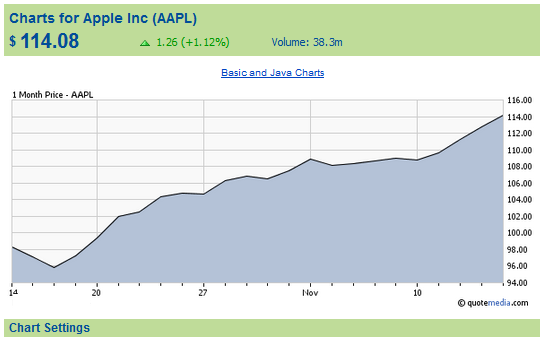
1 Year Mountain Chart
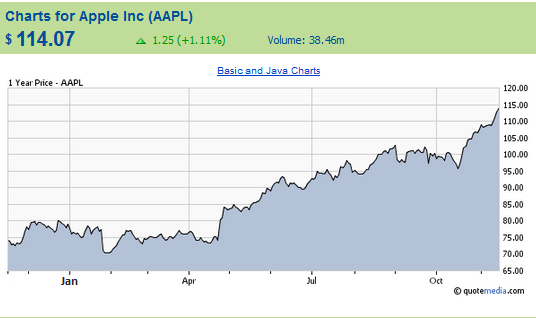
1 Year Mountain Logarithmic Chart (note how the scaling has changed in the “Y” or vertical axis)
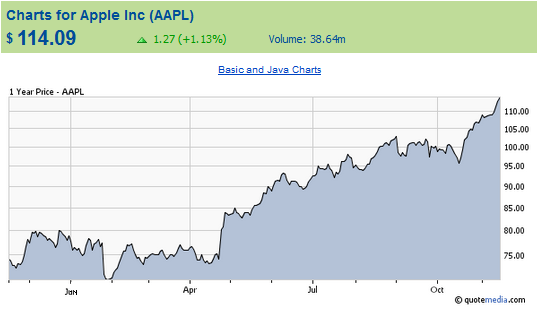
1 Month OHLC Chart
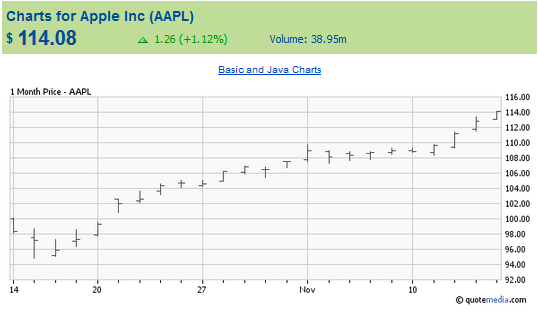
1 Month Candlestick
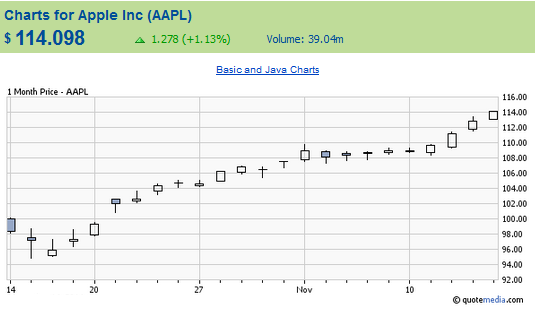
No one time period is better than another to use stock charts. It all depends on your time horizon. In other words, how long do you intend to hold this stock? Generally, if you are looking for a long term buy you would want to look at a charge displaying at least 1 year. If you are looking for a quick day trade, then by all means you will need to be looking at a minute by minute chart.
No chart style is any better than the other—it also depends on your time horizon. If you are looking for a quick play, then the OHLC charts will show you the trend by your time interval. But again, if you are looking long-term, the line or mountain chart work equally well.
I generally start off by looking at a 1 year chart with a line graph just to show me where the current stock price is compared to its 52 week high AND its low, then I shorten the time period to the last 30 days and change the chart type to the OHLC chart and try to determine exactly where I think the stock is headed over the next few days. I always leave my charts on arithmetic scale, unless I am looking at stocks that are really high priced (like GOOG), or stocks that have tripled or more in the time period.
The number and complexity of charts available and their strange-sounding names may overwhelm a new investor. Just relax because no one is expecting you to go from rookie to expert immediately.
As you become more experienced, you will develop many questions to ask yourself as you analyze different charts. At this point in your career, you should consider, at a minimum, these questions as you’re reading and evaluating a chart.
- Are you looking at a stock in an uptrend or a downtrend?
- What are the chart patterns?
- What might follow in the future?
- What do the volume numbers indicate? Is it popular buying or selling?
- Are there gaps or “hiccups” in the current or recent trends?
Read the “legends,” which identify the lines, bars, or other measurement icons. Understand what the chart is displaying and identify the trends and levels shown. For example, in the 1 Day chart above the following numbers are displayed:
![]()
Do you know what they mean? Let’s go over them one by one.
Open: This is the price of Google when the market opened at 9:30AM U.S. Eastern Time.
High: This is the highest price of the day.
Low: This is the lowest price of the day.
Close: This is the last daily closing price. If the current day is not over, yesterday’s closing price is shown.
Volume: The total number of shares that have traded that day.
Once you understand the information a stock chart has to offer, you can start to analyze it and see trends of the stocks you’re examining. This is important since price trends are often the reasons that stocks go up or down.
What follows are explanations of the most popular chart patterns and the ones that seem to have the most consensus as to their validity. You will start to recognize these terms as you will hear many TV and newsletter experts refer to these patterns. And yes, even the “big money” on Wall Street is looking for these patterns too!


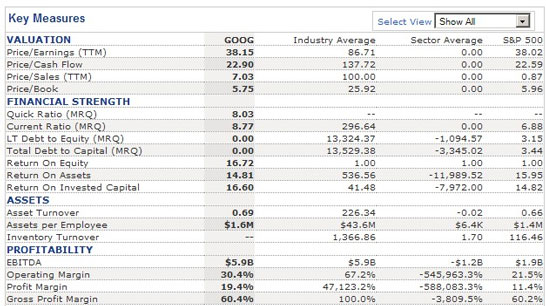
 A company with well-respected and reliable products that have been accepted by the consumer market is often a valuable investment. How many rolls of Charmin toilet paper have you purchased in your lifetime? How many tubes of Colgate toothpaste? How many boxes of Tide laundry detergent? How many gallons of BP gas have you pumped into your car? How many McDonald’s fries have you eaten? These are all strong, stable brands.
A company with well-respected and reliable products that have been accepted by the consumer market is often a valuable investment. How many rolls of Charmin toilet paper have you purchased in your lifetime? How many tubes of Colgate toothpaste? How many boxes of Tide laundry detergent? How many gallons of BP gas have you pumped into your car? How many McDonald’s fries have you eaten? These are all strong, stable brands.

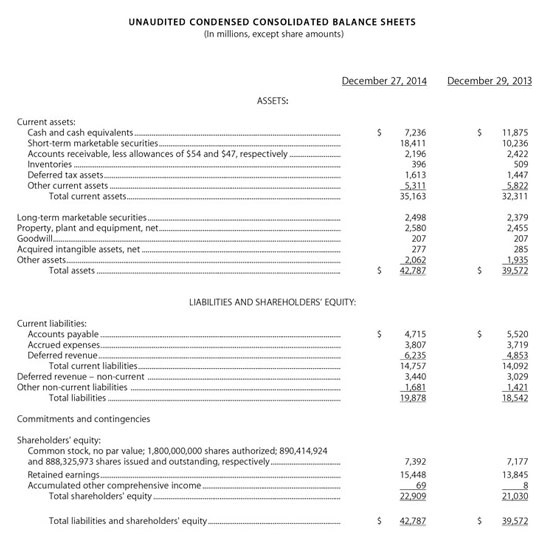
 Once you have understood a company’s profitability, take a look at the Statement of Cash Flows because this is the second most important element of Fundamental Analysis and it frequently needs more than a cursory examination. Many experts strongly contend that good cash flow is more important than earnings to ensure company viability for the long-term. Surprised? Don’t be.
Once you have understood a company’s profitability, take a look at the Statement of Cash Flows because this is the second most important element of Fundamental Analysis and it frequently needs more than a cursory examination. Many experts strongly contend that good cash flow is more important than earnings to ensure company viability for the long-term. Surprised? Don’t be.
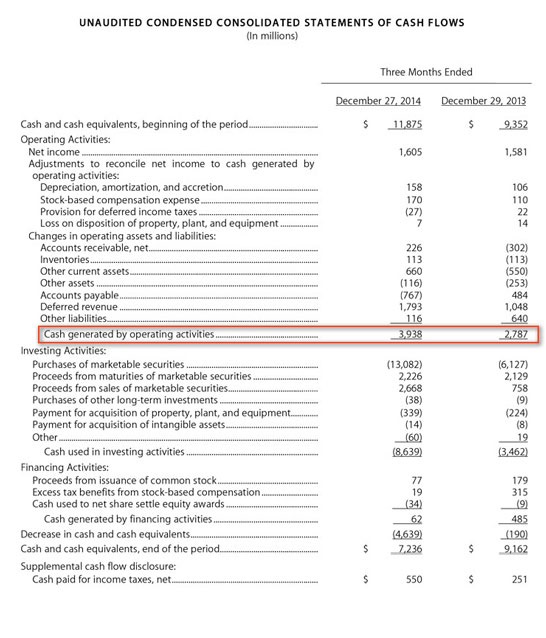
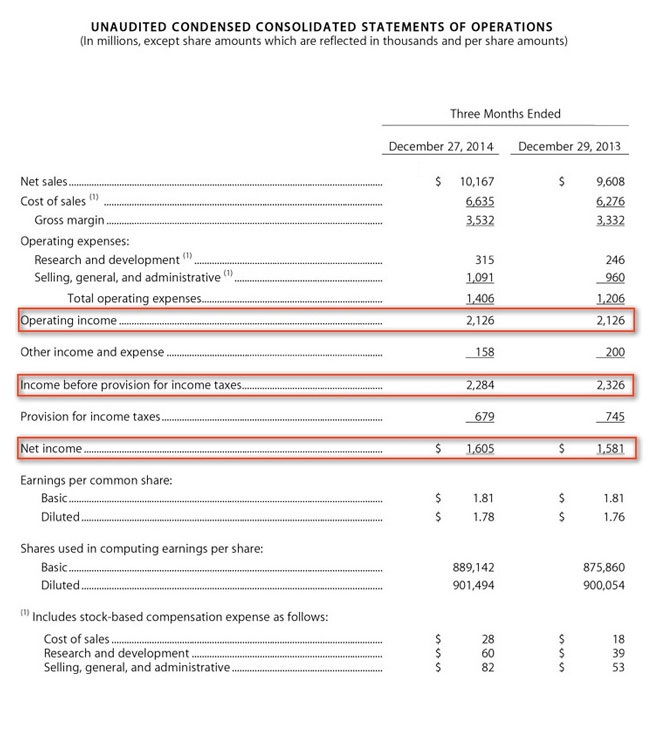
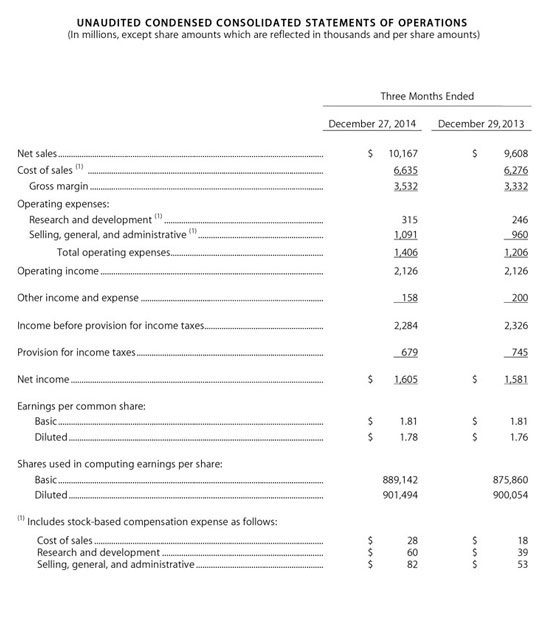
 The first place to start analyzing a company is to go straight to the source and review the financial information that the company is publishing about itself.
The first place to start analyzing a company is to go straight to the source and review the financial information that the company is publishing about itself.

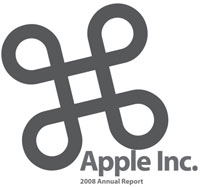


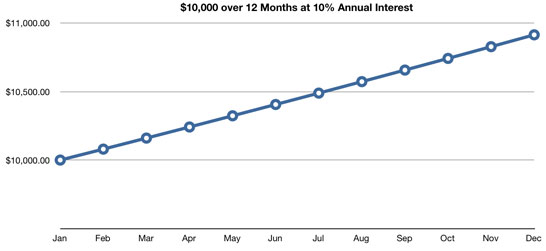
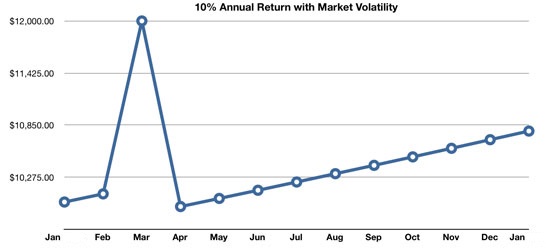

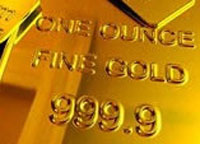
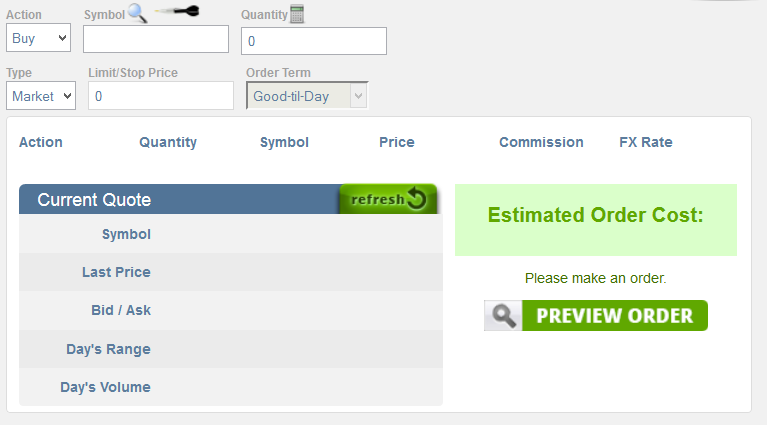

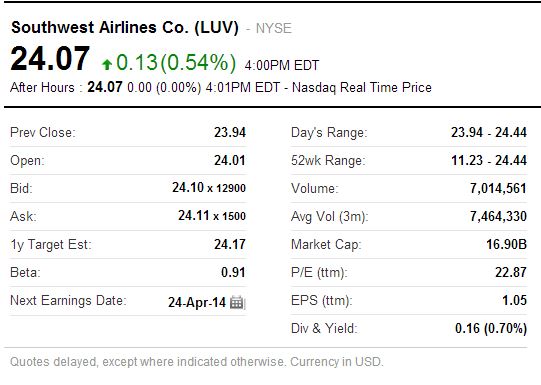
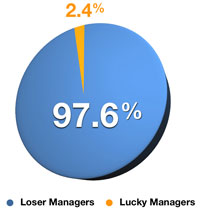
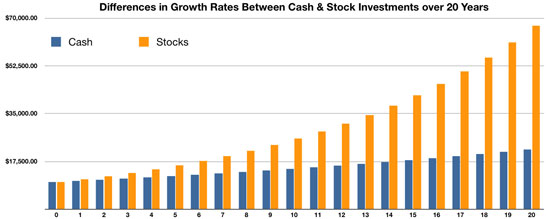
 The mere perception that a market is becoming Bearish is not a predictor of disaster. Fortunes have been made in
The mere perception that a market is becoming Bearish is not a predictor of disaster. Fortunes have been made in 

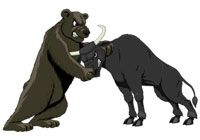
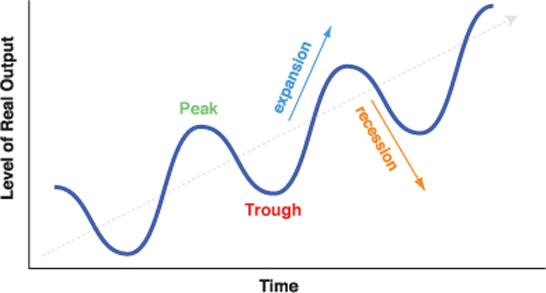

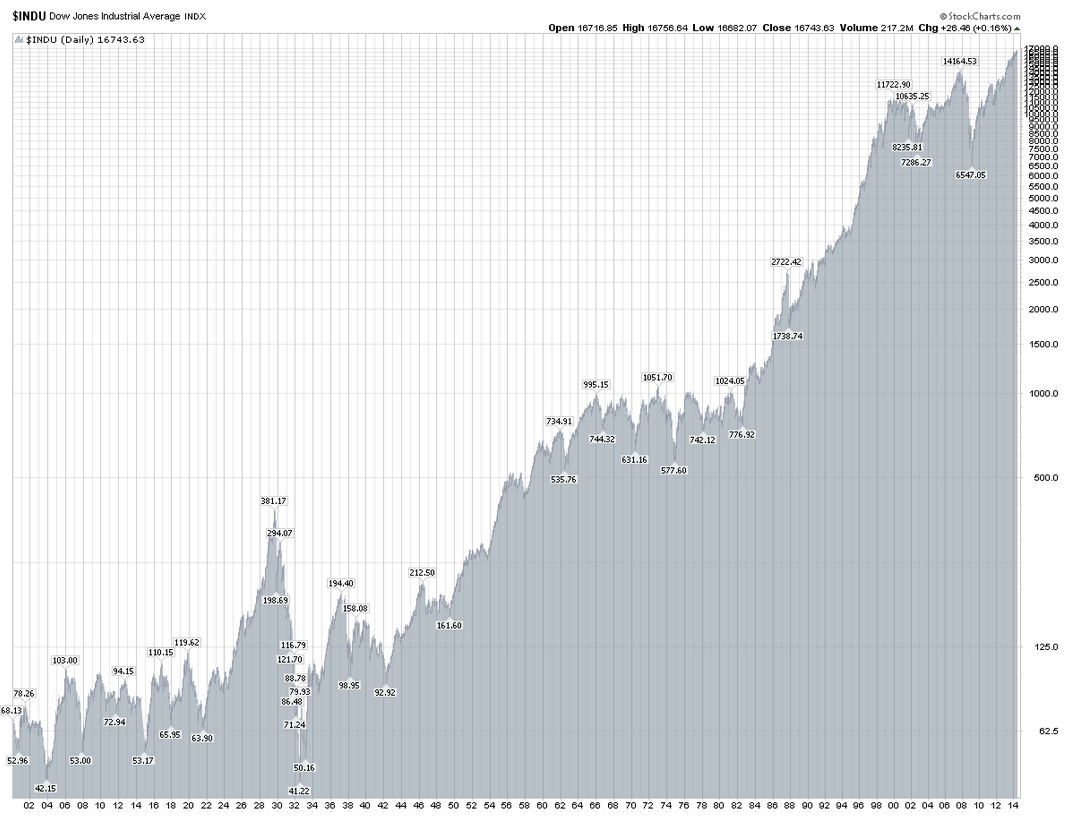
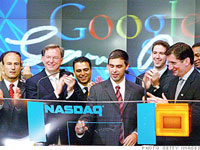 Now that you know what an exchange is, it’s necessary to make a very important distinction between what shares trade on exchanges and what shares don’t.
Now that you know what an exchange is, it’s necessary to make a very important distinction between what shares trade on exchanges and what shares don’t.
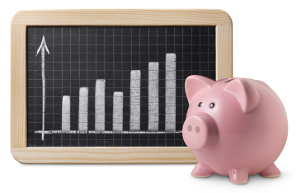





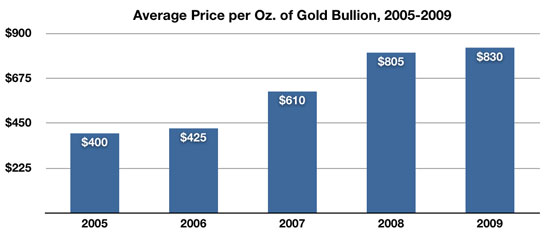
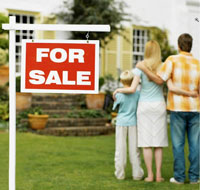 Buying and selling real estate as an investment strategy is quite different from simply buying a home or commercial building. Just as important in determining FMV (fair market value) as comparable properties are when buying a home, the income stream generated by a property is a primary component for an investor. You typically have three options if you want to invest in real estate:
Buying and selling real estate as an investment strategy is quite different from simply buying a home or commercial building. Just as important in determining FMV (fair market value) as comparable properties are when buying a home, the income stream generated by a property is a primary component for an investor. You typically have three options if you want to invest in real estate: